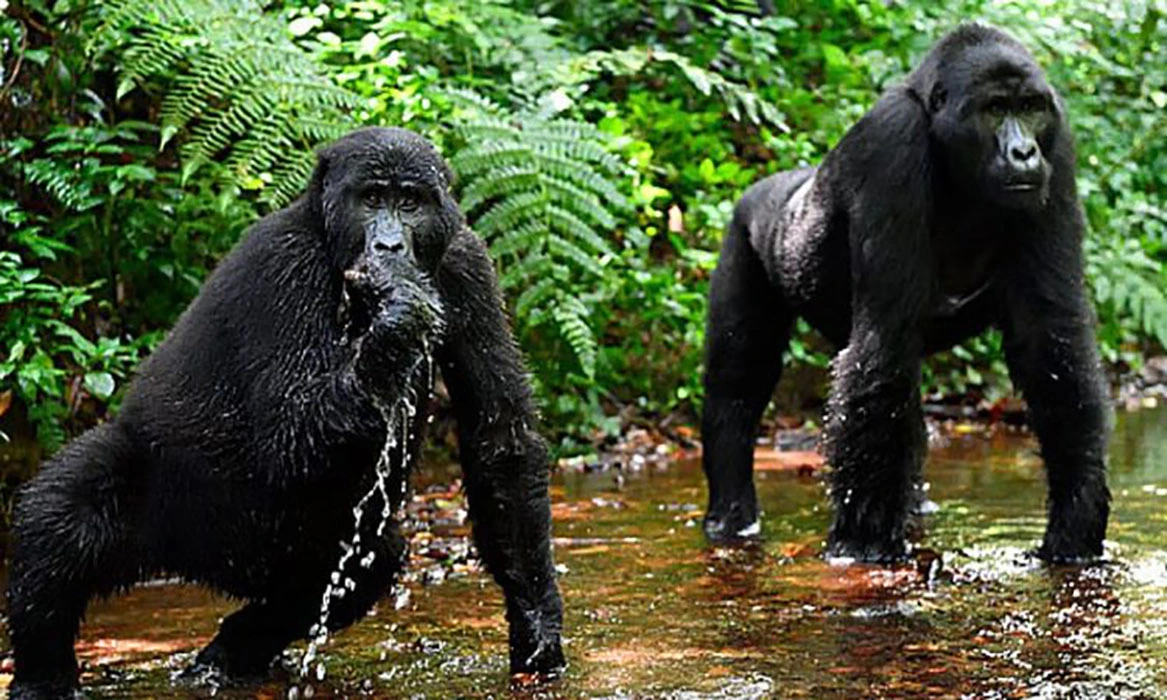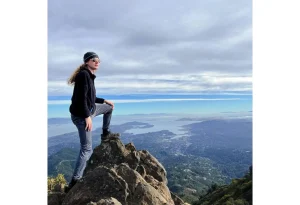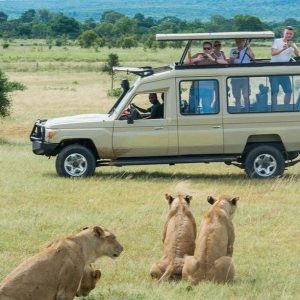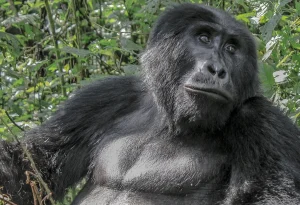Best time of the year to see gorillas in Rwanda and Uganda
Gorilla trekking is one of the most amazing wildlife experiences available in Uganda and Rwanda. Many nature lovers dream of trekking to view Africa’s mountain gorillas in their native environment. Best time of the year to see gorillas in Rwanda and Uganda
Due to drier routes and an easier gorilla trekking experience, the dry season from December to February and June to September is typically the ideal time to visit gorillas in Rwanda and Uganda. Nevertheless, gorilla treks are feasible all year round, with each season having its own unique beauty.
This blog will examine the subtleties of each season and discuss the ideal times to visit gorillas in Rwanda and Uganda. We’ll go over how weather patterns affect your trip so you can plan the best time for your amazing gorilla trek.
The Significance of Timing
In Rwanda’s Volcanoes National Park and Uganda’s Bwindi Impenetrable Forest and Mgahinga National Parks, gorilla trekking entails traversing difficult mountain and rainforest landscapes. Trails become easier to navigate and more visible during the dry seasons. Because they mostly forage under thick canopies, mountain gorillas are simpler to find in areas with less lush flora. This implies that the optimum time to encounter gorillas in Rwanda or Uganda, particularly for photographers, is when the weather is clearer and drier.
Usually, trekking starts at 8:00 am, with briefings starting at 7:30 am. It can be cold in the mornings, especially when it’s raining. Think about this if you’re a cold-sensitive person. Adventurers on gorilla tours, however, face the weather and take advantage of the possibility of reduced costs during the rainy season.
Considerations
It’s important to consider a number of factors when deciding when to visit Rwanda or Uganda to view gorillas.
Peak and Low Seasons
The time of year has a direct impact on the cost and availability of gorilla permits.
Weather
It is crucial to consider how your walk may be affected by rain or shine.
You’re Preferences
Even in bad weather, do you like less crowds and when can you travel?
You may ensure a successful and unforgettable gorilla trekking experience by carefully taking these elements into account. Best time of the year to see gorillas in Rwanda and Uganda.
When to Go Gorilla Trekking in Rwanda and Uganda: A Month-by-Month Analysis
January [best weather, peak/dry season]
January is one of the greatest months to go gorilla trekking in Rwanda and Uganda because it falls during the brief dry season. Trekking in the rainforest is made easier by fewer muddy trails. Warm weather is possible, with highs of 84°F [29°C] and lows of 67°F [19°C]. However, walking in Bwindi and Volcanoes National Parks is more comfortable and cooler at higher elevations. Because of the tropical environment, occasional rain is to be expected, but it won’t likely ruin your trip.
It’s essential to reserve gorilla permits and lodging well in advance because this is the busiest time of year. January is a great season to visit gorillas in Rwanda and Uganda and take in the breathtaking wildlife of the Maasai Mara and Serengeti if you’ve always wanted to combine gorilla trekking with a traditional safari experience.
February [best weather, peak/dry season]
Although it is still the dry season, February is a great time to go gorilla trekking in Rwanda and Uganda because of the modest drop in tourists. With dry terrain and good visibility, you’ll benefit from the best weather conditions. The gorilla highlands usually see highs of 85°F [29°C] and lows of 69°F [20°C] in February. Because animals tend to congregate around dwindling water sources prior to the arrival of the March rains, this is also a great month for birdwatching and traditional safaris.
The vegetation becomes thinner as the dry season draws to a close, making it simpler to see amazing wildlife during game drives. One of the greatest times to observe gorillas in Rwanda or Uganda is in February. You can also enjoy the excitement of seeing savannah predators in action during the northern Serengeti’s calving season.
March [poor weather, wet/low season]
The long wet season and the slow travel season begin in March. Morning temperatures are typically around 12°C/54°F, while daytime temperatures average about 23°C/73°F. Even if some tourists may be hesitant to go, gorilla trekking is still feasible and has special benefits in Rwanda and Uganda. March is a good month to visit if you’re seeking for the most affordable time to view gorillas in Rwanda or Uganda. In addition to maybe having more gorilla permits available, you’ll probably discover cheaper lodging costs.
The rain typically falls in shorter spurts. Allowing enough time for a satisfying gorilla encounter in Africa, even though trekking tracks can get muddier. Enjoy the calmer paths and possibly more laid-back ambiance at safari lodges, and pack waterproof clothing.
April and May [worst weather, low/wet season]
The wettest months of the year are April and May, when daytime highs average about 23°C [73°F] and morning lows about 12°C [54°F]. Trails are especially difficult for wildlife drives and gorilla trekking during the rainy season. There are benefits if you’re adaptable and don’t mind the rain, even though it’s not the best season for most travelers. You’ll discover great lodging bargains and permits are easier to obtain.
June and July [best weather, peak/dry season]
With the ideal weather, June and July mark the beginning of the main gorilla trekking season in Rwanda and Uganda. With temperatures ranging from highs of 78°F [25°C] to lows of 67°F [19°C], expect little rain and paths that are easy to navigate. Book gorilla permits well in advance and be ready for possibly higher prices because this is a popular time of year to visit.
August [excellent weather, peak/dry season]
This is the perfect time of year for an all-inclusive Uganda safari package that includes traditional wildlife viewing and gorilla trekking. After a few amazing days in Uganda’s gorilla sanctuary. Queen Elizabeth National Park offers exhilarating experiences with lions, elephants, and other wildlife. It’s amazing to see both at their best.
September [end of the busiest season, with generally pleasant weather]
The weather becomes less predictable in September as the dry season gives way to the rainy one. During your gorilla trip, expect some showers, although there may still be dry times. Highs of 80°F [26°C] and lows of 67°F [19°C] are typical temperatures. Trekking is still possible throughout the year. But if you’re going to Uganda or Rwanda in September to see gorillas, be ready for rain.




